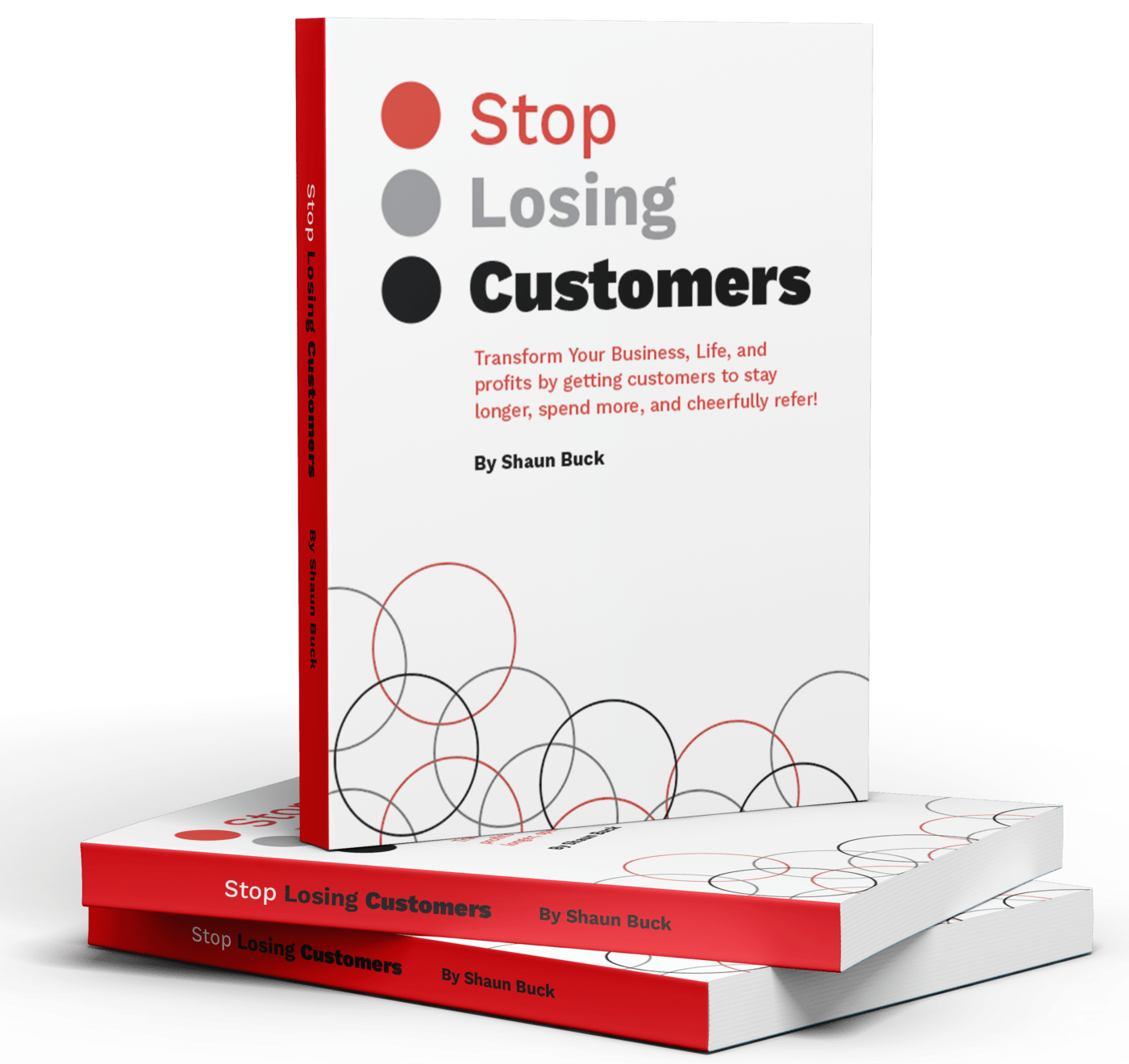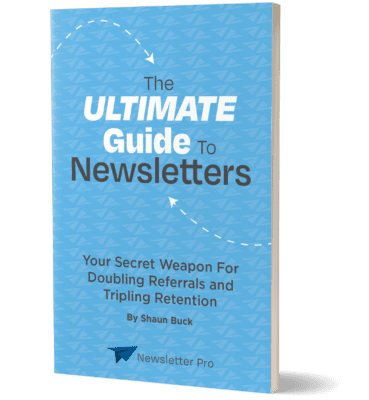I think (or, at least, I hope) every business owner asks themselves how to maximize the value of their company. Understanding your value is crucial whether you have outside investors or not. It’s baffling that so few entrepreneurs take the time to investigate the real worth of their business. To help remedy this problem, I have a very simple test for you.

I want to ask you two questions, and I really want you to think about them for a second. Once you have your answers, continue reading and I’ll give you my thoughts. I know it would be super easy to simply not answer the questions and keep reading or to get distracted by something while thinking about the answer, but let’s agree ahead of time not to do either.
One final note on this — don’t judge the questions or try to guess what I’m going to say based on the questions. Just do the exercise; you’ll get better results.
- What do investors look for when determining the value of a business?
- Do you have the right goals for the year?
Do you have your answers? Last chance to change them.
Now that you’re ready, let’s start with the first question.
1. What Do Investors Look for When Determining the Value of a Business?
 Before I jump into this question I want to monologue for a minute.
Before I jump into this question I want to monologue for a minute.
If you started to read this question and thought it didn’t apply to you because you’re not selling your company, you are dead wrong. Every single entrepreneur needs to focus on this question as part of their overall plan. When you build a business worth selling, you build a business worth owning, one that can run without you there every day, and one that grows in value while you sleep.
Since this is such a broad question, let’s break it down.
How stable is your business plan?
Are you jumping from shiny new object to shiny new object? Are you simply guessing at what works in your business? This can’t be the plan. I know business gets boring, but find areas that you enjoy and dig in. Do you think newsletters are the most exciting business I could be running right now? Of course not. But there are many areas I do enjoy in my niche, and I had to seek them out and focus on them.
How consistent is your company?
How long do your team members stay? Has someone been there too long? (Side note: The latter can be a huge problem. You’re loyal to Bertha because she has been there for 12 years, but Bertha is screwing you with her inability to perform her job at a high level. I see it every day.) Is your business basically a different business each year because you see the next new internet hype and start selling it? Do you jump on the marketing bandwagon for the next way to magically get new customers? How consistent are your core customer bases? Do you even have a core base of customers?
What systems you have in place to run the business?
Does everything have to be vetted by you before it can get done? Do you have a process for ordering or for working with vendors? Do you have marketing systems? What about a sales system — do sales happen due to luck? What about customer complaints? Do you have a system for those? Every business needs systems, and so few have any except for the systems employees make up on their own. Those systems don’t count unless they were created on purpose and are documented somewhere.
What does growth in your company look like?
Are your numbers solid? Do you cheat on your taxes and have two sets of books? What is the growth plan for the next 12–24 months? How’d the last 12 months go? Is a large majority of your marketing plan from the previous year still being used for the next 12 months, or do you have shiny-object syndrome, or are you simply guessing at sales and marketing?
What are your real numbers?
Investors rely on data to make their decisions. If they think there’s any chance you’re guessing, they’ll want to dig even deeper to see if you know your numbers. By the time they are done checking up on you, they will know the truth. For example, do you have any idea what the sales numbers were last month? No, the real ones, not the guesstimate. How many leads did you get last month? How many times did you follow up with them? What was your closing percentage?
What is your churn rate (lost customers per month and per year) and what are you doing to decrease that number?
The more customer churn, the more revenue you have to put back into the company just to stay flat. For every customer who leaves you, you have to replace them or start dying. High churn will negatively affect overall valuation more than any other single item we’ve talked about because most investors aren’t looking to buy a sinking ship.
So now, what I want to ask you is this: What are you doing to fix these areas we just talked about?
Because fixing the items above is very important to your long-term future and profits, which leads me to my second question.
2. Do You Have the Right Goals for the Next 12 Months?

If your plan for the coming months is to grow, that’s the wrong plan. I see “business plans” that only talk about new marketing tactics, but marketing is only one component of a business. If you’re just starting out ($200,000 or less), having 85 percent of the plan devoted to marketing is fine. At a million-plus, though, there had better be a section on systems and processes. There’d better be a plan for churn. A lack of planning is a common trait among most failed businesses. Don’t let it happen to you.
The new year is right around the corner, so now’s the time to start thinking about your plan for 2019 and beyond. If you don’t have a plan for everything we’ve talked about above, change the plan. There’s no law requiring you to plan only once per year. At my company, our meeting rhythm (planning) looks like this:
- A 2–3-day annual planning meeting for the upcoming year. The annual plan is broken down into quarterly goals, and those goals are reviewed at the start of each quarter in a 1–2-day planning meeting where we detail how we’ll accomplish each part of the quarterly goals.
- Next, we have a one-day monthly planning meeting, and each week, we meet as a management team for two hours to make sure we are driving in the right direction and can solve any problems that come up.
At any point, we can — and have — changed the plan when it was in the best interests of the employees, customers, or the company. Please also note the order: employees, customers, company. That’s how we prioritize. In my eyes, there’s never a bad time to update your plan. So, I’ll ask again. Do you have the right goals for the coming year?
If not, you have my permission to change the plan.
–Shaun
P.S. Need our help? Schedule a complimentary marketing consultation with a Pro by calling 208-297-5700, or visit our website. Got a question? Email me at Shaun.Buck@thenewsletterpro.com.







